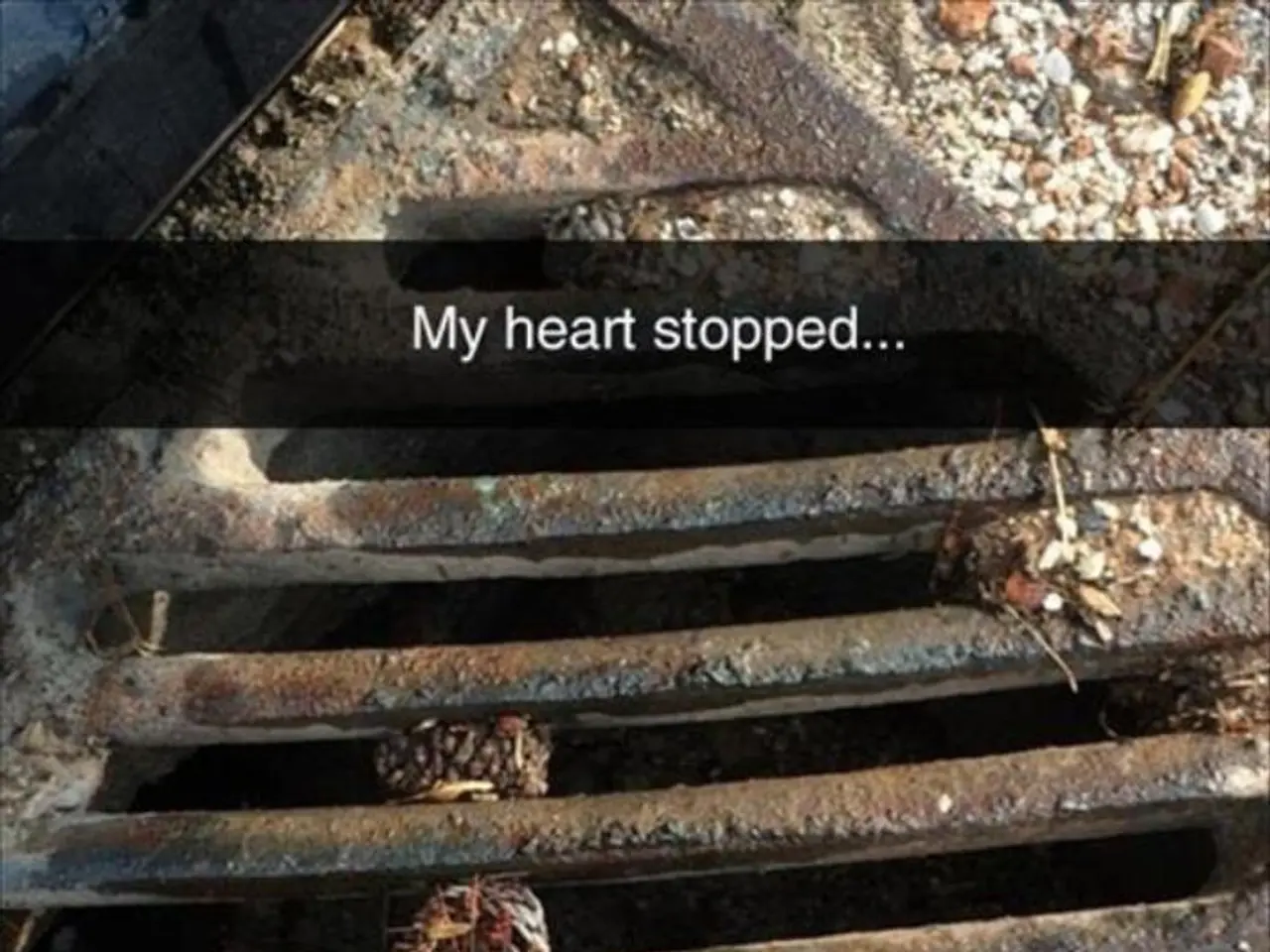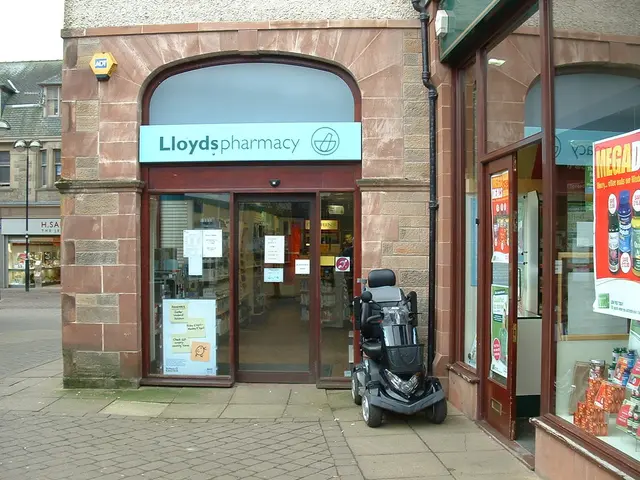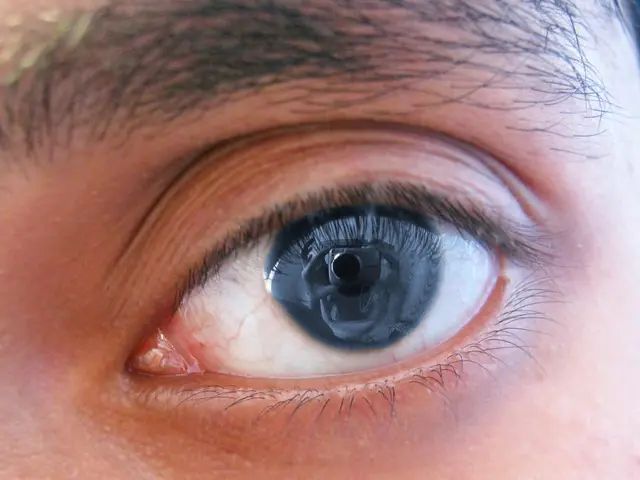In Krasnodar, a heart valve replacement was performed surgically using the Transcatheter Aortic Valve Implantation (TAVI) technique.
Krasnodar Regional Clinical Hospital No.1 made history by performing the first "valve-in-valve" Transcatheter Aortic Valve Implantation (TAVI) procedure in the region. This groundbreaking procedure, which does not require general anesthesia, offers a less invasive alternative to repeat open-heart surgery for high-risk patients.
The "valve-in-valve" TAVI procedure is a specialized application of TAVI used primarily to treat patients with a degenerating surgical aortic bioprosthesis. Aleksey Fedorenko, head of the department of radiologic surgical methods of diagnosis and treatment at NII-KKB No.1, explained that instead of replacing the entire valve surgically, a transcatheter valve is implanted inside the failing bioprosthetic valve.
The hospital has been performing TAVI procedures for many years, and this latest development is a continuation of their commitment to advancing cardiology. The first "valve-in-valve" TAVI procedure in the region was performed using a minimally invasive method, with the new aortic valve inserted into the old one during the procedure.
The aortic heart valve prosthesis typically lasts about 10 years, but it can calcify over time, requiring another operation. The "valve-in-valve" TAVI procedure offers a solution to this issue by replacing the calcified valve without the need for open-heart surgery.
The patient, a 70-year-old man, was able to return to his normal life within a couple of days after the procedure. This quick recovery time is a testament to the minimally invasive nature of the "valve-in-valve" TAVI procedure.
The successful procedure was announced by the regional health minister, Yevgeny Filipпов, in his Telegram channel. The hospital has performed a total of 436 TAVI procedures to date, including the first "valve-in-valve" TAVI procedure.
The "valve-in-valve" or "matryoshka" method, as it is sometimes called, represents a crucial advancement in structural heart interventions. It balances minimally invasive technique with effective treatment of bioprosthetic valve failure, offering hope to many high-risk patients who may not tolerate another surgical intervention well. Ongoing improvements in imaging and valve design continue to enhance procedural safety and efficacy, making the "valve-in-valve" TAVI procedure an increasingly viable option for patients in need.
The "valve-in-valve" TAVI procedure, a significant advancement in structural heart interventions, is a specialized application of TAVI that focuses on treating patients with a degenerating surgical aortic bioprosthesis, contributing to health-and-wellness and cardiovascular-health by offering a less invasive solution for repeat operations on medical-conditions such as bioprosthetic valve failure.




